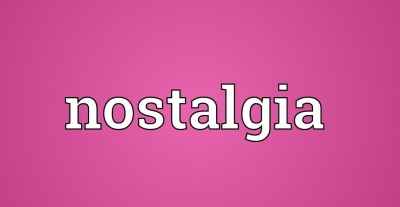What are the meaning, origin and usage of the word nostalgia?

Nostalgia
This noun refers to one's fond memories or longing for something from the past. Invariably it could be something that one cannot possibly have or experience now or anymore.
Origin
The word has a very interesting history. The Greek words nostos means "returning home" while algos means "pain". In modern Latin, algos became algia. In essence, the word referred to the pain that results from wanting to return home. Swiss physician Johannes Hofer coined the term around the 18th Century when he found Swiss soldiers in a foreign place with a yearning to get back home. However, it was seen as a medical condition, leading us to believe that the emotional state was not completely understood then. Towards the end of the 19th Century, the word gradually lost its association as a disease, and began to be described as a yearning for a better past.
Example
Ever since I moved to another city, I’ve often been overcome with nostalgia for my home town.
Picture Credit : Google
